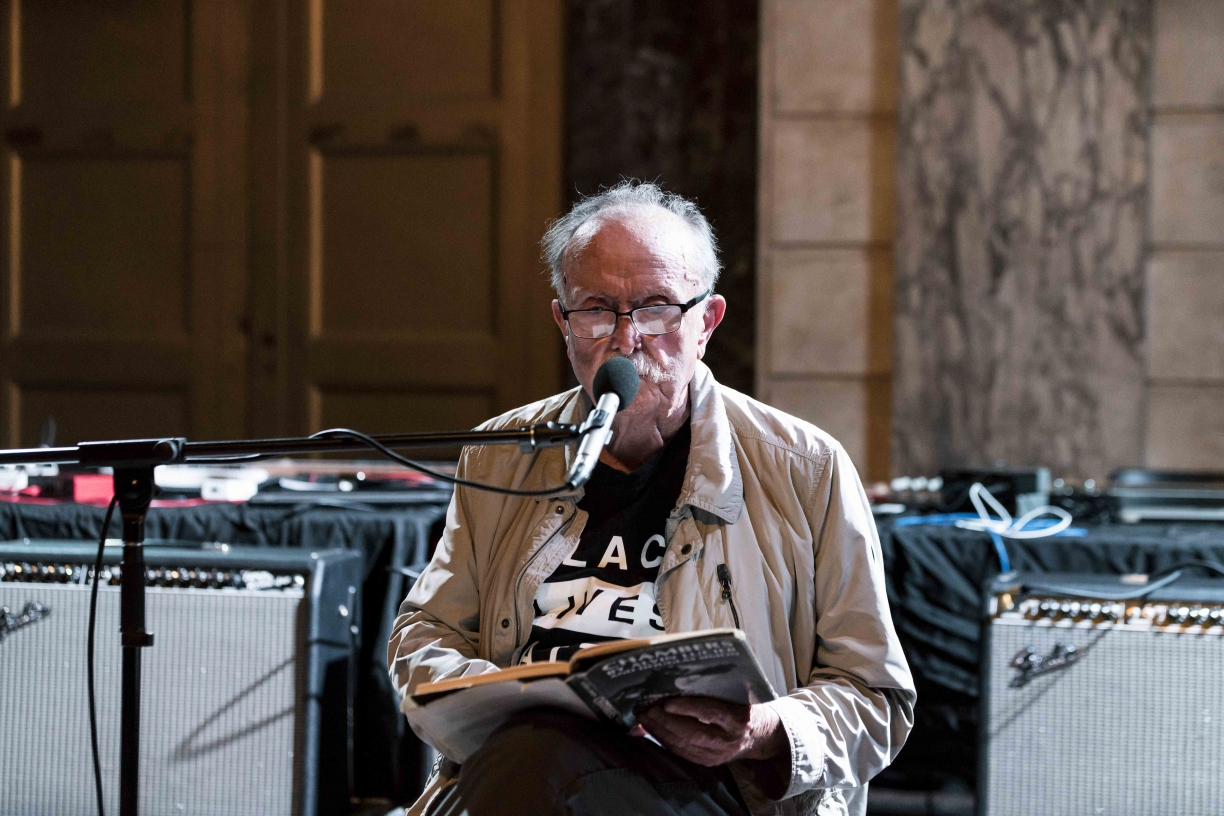In New York’s Dia Beacon museum, an unusual premiere took place—of a musical piece formally attributed to composer Alvin Lucier, who died in 2021. A project combining artificial intelligence and the composer’s archival legacy made it possible to create a composition that continues his experiments with sound and space, reports the Baltimore Chronicle with reference to FBC.net.ua.
Lucier, known for his iconic work I Am Sitting in a Room, explored acoustic resonances as early as the mid-20th century. This very piece became the starting point for developing the new composition. A team from MIT working on the project used recordings of Lucier’s voice repeating a single phrase, allowing it to reverberate until only the pure tone of the room’s resonance remained. This process was programmed into an AI model that continued the experiment after the artist’s passing.
The original recordings were digitized, and a neural network was trained based on the audio data. As a result, the artificial intelligence created a piece that follows Lucier’s approach—gradual transformation of speech into a musical tone through acoustic reverberation. The new composition used not only speech, but also a scan of Lucier’s brain activity, which had been conducted during his lifetime. This allowed the AI to “simulate” not only his technique but also his way of thinking.

The project was realized by the MIT team in collaboration with musicologists and Lucier’s friends. Among them was Nina Sun Eidsheim, who explained that the composer had agreed to participate in the project before his death, fully aware of the artistic potential of artificial intelligence. She believes that this experience would have been a logical continuation of his career, as he always sought to explore the boundaries of sound.
The installation, which includes audiovisual elements and the playback of the new composition, became part of the exhibition at Dia Beacon. Visitors can immerse themselves in a space where each sound wave transforms and interacts with the architecture of the room—intended as a logical continuation of Lucier’s approach to performative art.
The project sparked significant interest among critics, who noted that although the composer was physically absent during the creation of the piece, his creative spirit, manner, and even ideas were reproduced with striking precision. And although AI cannot replace an artist, this experience opens new horizons for continuing creative legacies through technology.
Earlier, we wrote about how artificial intelligence, through predictive analytics, can help anticipate disease outbreaks and support public health initiatives.

